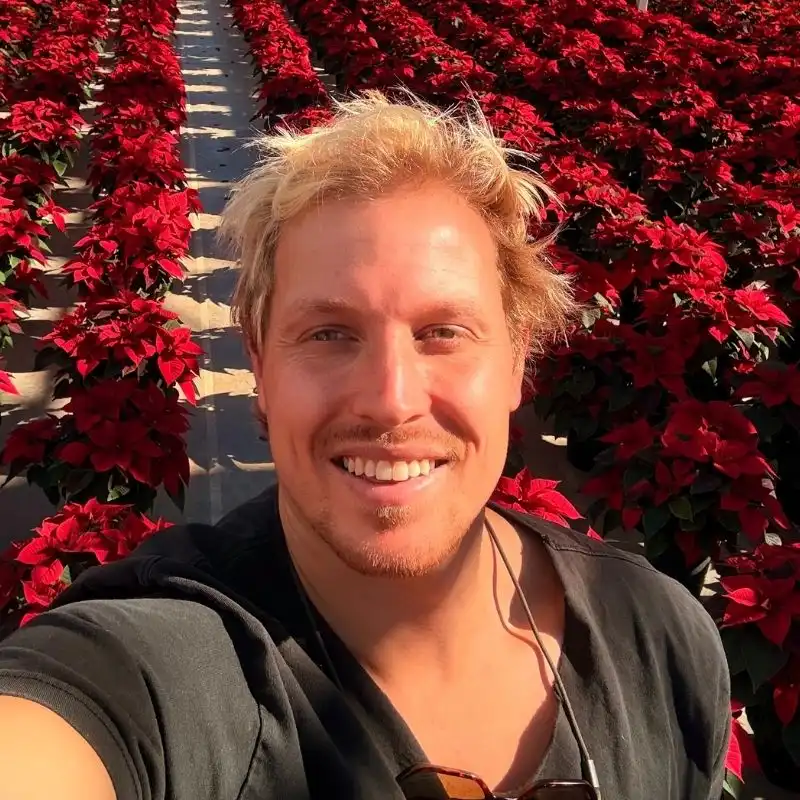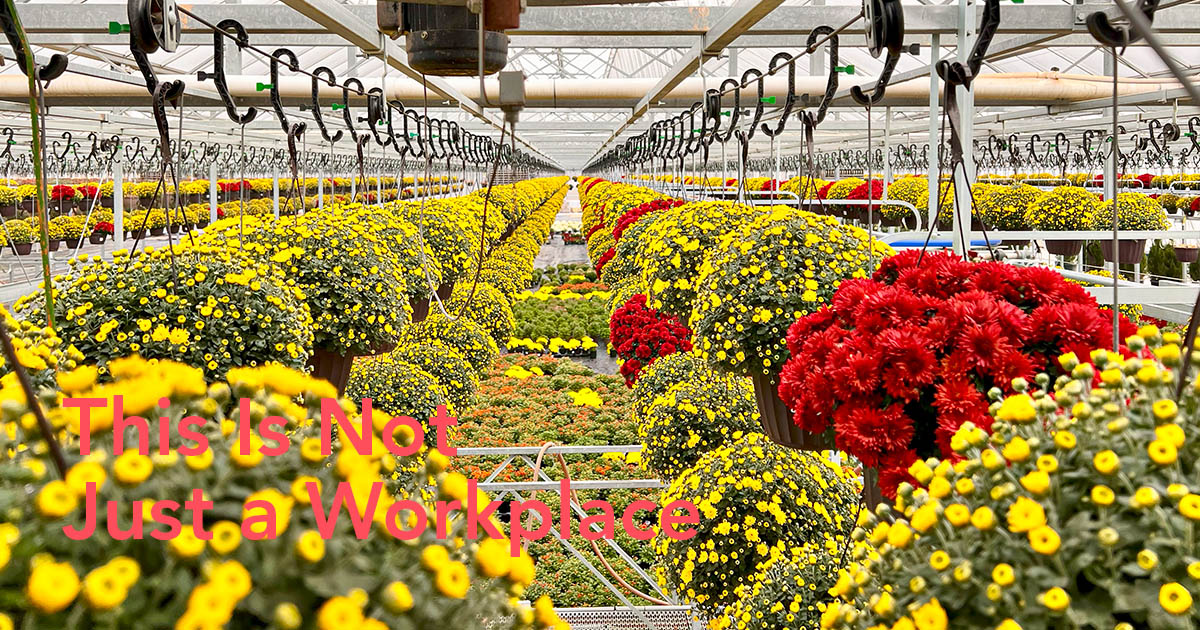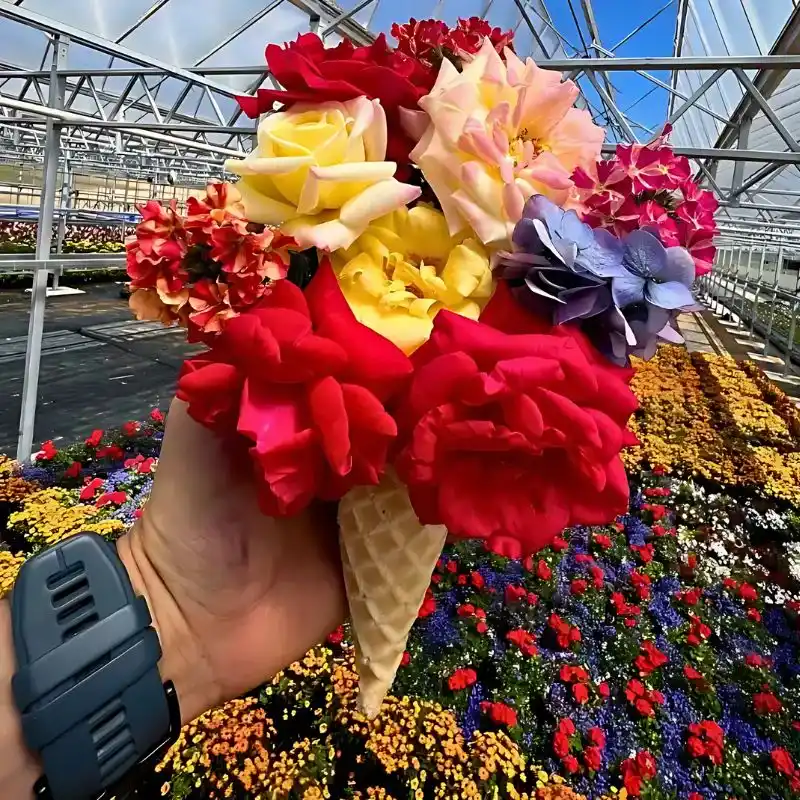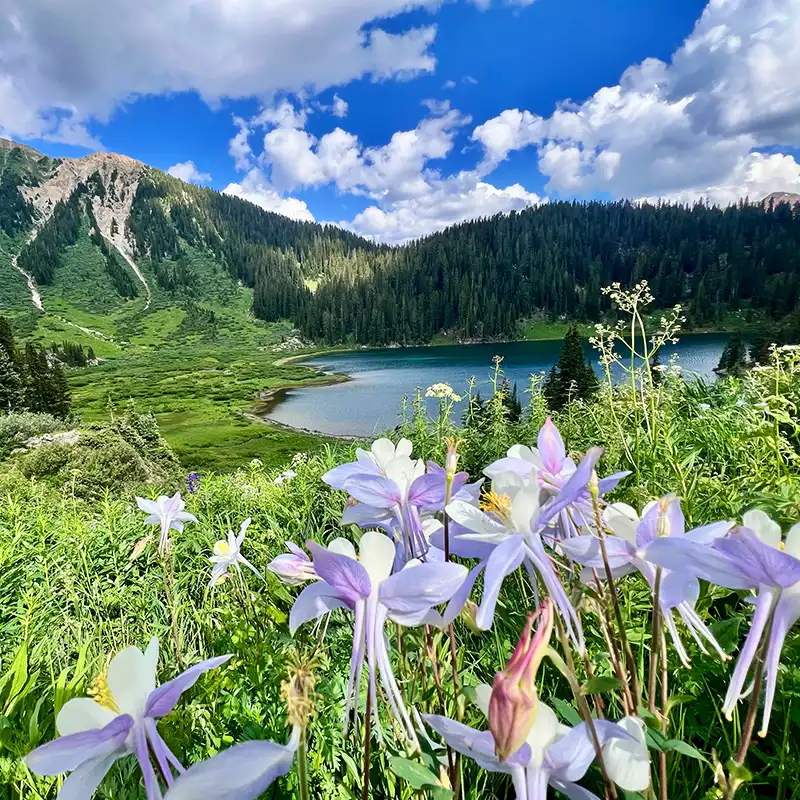The greenhouse is never just a workplace. It’s a breathing place where plants stretch toward light and where people arrive each morning with hands and hearts ready to shape growth. But lately, that human rhythm has been under strain. Too many workers leaving, too few staying. The cost of labor is rising while the willingness to stay rooted in the work keeps slipping away.
An Invitation to Rethink
It’s easy to see this as only a crisis. Yet, I’ve started to see it as an invitation. An invitation to rethink how we move through our days, how we design our systems, how we honor the people who carry the work.


Instead of asking, "how do we squeeze more out of fewer hands?" the better question might be, "how do we create ways of working that protect both the grower and the plant?"
Where to Begin?
Cross-training is one place to begin. Nature doesn’t rely on one root, one pollinator, one pathway. Everything overlaps and shares the load. A team can be built the same way. When someone who usually scouts pests also learns irrigation, or when the climate-control expert can also step in for propagation, the system bends without breaking. Turnover doesn’t hit as hard. The team starts to feel like a web instead of a fragile chain.
Even small swaps – an afternoon shadowing another role, or a weekly rotation – build resilience. More than that, they build pride. Workers begin to see not just their corner of the greenhouse, but the living whole.

Flow vs Speed
Smarter systems are another way forward. Not about speed, but about flow. Rolling benches that cut down the endless bending. Automated irrigation that frees a grower’s body from the hose. Digital tools that track labor and reveal where hours are slipping away. These shifts aren’t cold efficiencies – they’re a kind of reverence. They remind us that the human body is worth protecting and worth designing for.
And yes, automation has its place. Robots that transplant, carts that move harvest, sensors that read climate and water with more precision than we can muster by hand. These don’t replace us; they extend us. They take on the repetitive weight so that we can turn our attention to what only humans can do: noticing the subtleties, mentoring the next grower, experimenting, caring. Machines move things. Humans perceive. Together, we reach farther.

But underneath all of this – the training, the systems, the tools – there’s something deeper at stake. Labor isn’t just an economic input. It’s a sacred exchange. Every time a worker lifts a tray, checks a leaf, or sets a climate point, they are participating in an ancient partnership between humans and plants. To be labor-smart is to honor that relationship. To create workspaces that don’t burn people out but allow them to thrive alongside the crops.

Labor Shortage as a Turning Point
Labor shortages are real, and they hurt. But they can also be a turning point. A moment to build environments where fewer workers don’t mean less care, but wiser care. Where productivity and dignity are not at odds, but woven together.
Because in the end, the future of growing won’t be built on exhaustion. It will be built on balance – between humans and machines, between effort and ease, between the urgency of production and the grace of being alive inside the work.
